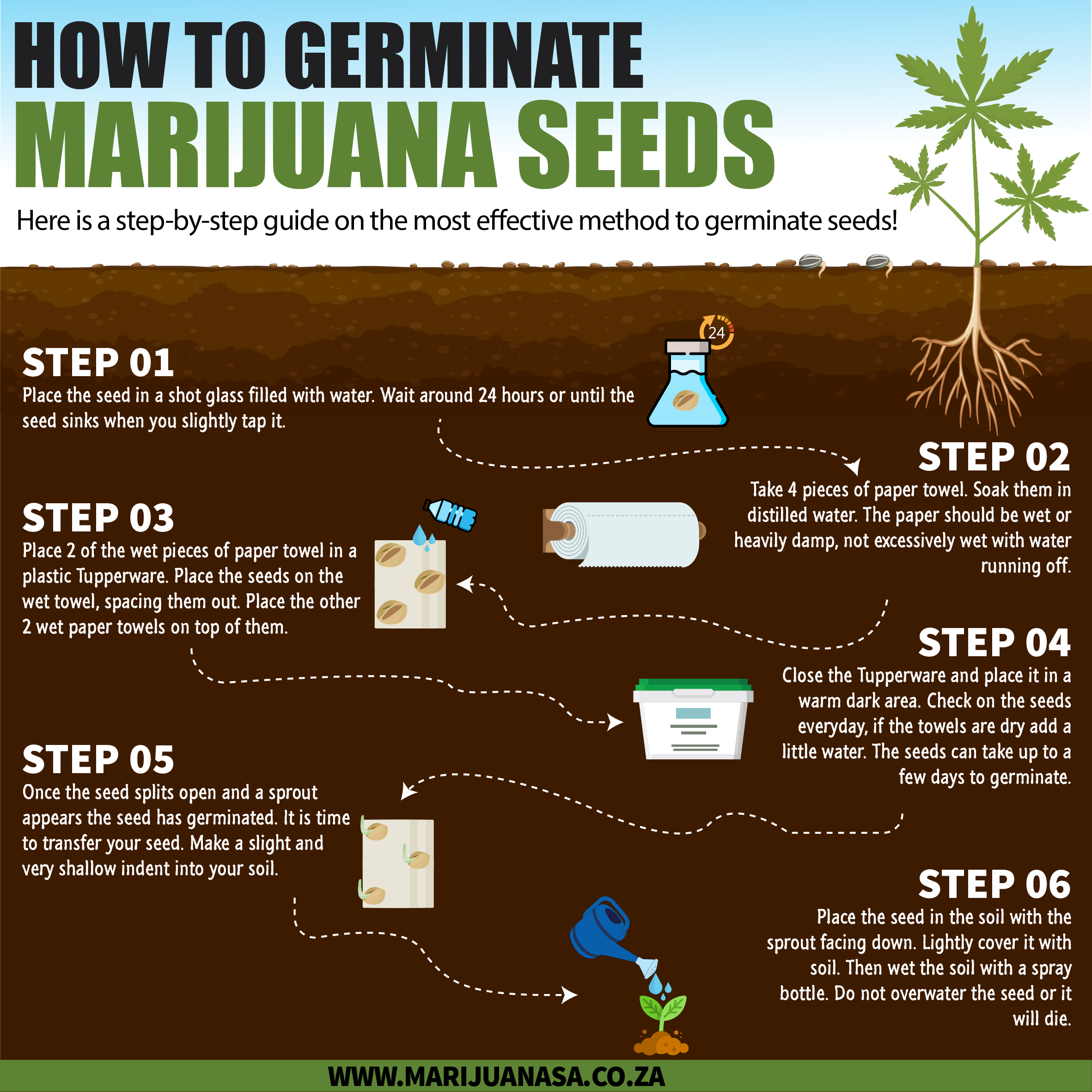Unveiling the Miracles of the Endocannabinoid Program: Nurturing Harmony with Cannabis Seeds
The human body is an intricate website of systems operating in harmony to retain stability and make certain exceptional functioning. Amid these, the endocannabinoid system (ECS) stands out as a fascinating and reasonably the latest discovery. This complicated community of receptors and neurotransmitters performs a critical part in regulating different physiological procedures. In this exploration, we delve into the depths of the endocannabinoid program and its likely connection to hashish seeds.
Comprehension the Endocannabinoid Method:
The endocannabinoid technique is a exceptional regulatory program present in all vertebrates. Uncovered in the nineties, this process is composed of 3 key components: endocannabinoids, receptors, and enzymes. Endocannabinoids are molecules generated by the body that closely resemble cannabinoids uncovered in hashish vegetation. The two major endocannabinoids are anandamide and 2-arachidonoylglycerol (2-AG).
Receptors in the ECS are identified all over the entire body, with CB1 receptors predominantly found in the central nervous procedure and CB2 receptors mainly distributed in the peripheral tissues, especially immune cells. These receptors act as messengers, transmitting indicators to regulate different bodily capabilities.
Enzymes in the ECS are dependable for breaking down endocannabinoids as soon as they have fulfilled their purpose. The enzymes FAAH (fatty acid amide hydrolase) and MAGL (monoacylglycerol lipase) enjoy important roles in this process.
The Position of the ECS in Retaining Harmony:
The endocannabinoid method performs a pivotal function in preserving homeostasis, guaranteeing that the body’s internal atmosphere remains secure even with exterior alterations. It regulates a large selection of functions, which includes mood, appetite, sleep, immune reaction, and suffering perception.
When the system faces tension or activities imbalance, the ECS is activated to restore harmony. Endocannabinoids bind to receptors, initiating a cascade of activities that assistance control the impacted process. This delicate dance makes sure that the body’s several capabilities are finely tuned and reply properly to internal and external stimuli.
Cannabis Seeds and the ECS:
Now, let us check out the likely relationship concerning hashish seeds and the endocannabinoid system. Hashish seeds have a wide variety of compounds, which include cannabinoids, terpenes, and fatty acids. Though the principal psychoactive compound, delta-nine-tetrahydrocannabinol (THC), is uncovered in larger concentrations in the flowers and leaves of the hashish plant, seeds also incorporate trace amounts.
Just one attention-grabbing cannabinoid observed in hashish seeds is cannabidiol (CBD). CBD has obtained popular focus for its non-psychoactive nature and likely therapeutic rewards. great post to read indicates that CBD interacts with the endocannabinoid technique, albeit in a extra indirect way as opposed to THC.
CBD is thought to affect the ECS by inhibiting the enzymes responsible for breaking down endocannabinoids. This motion prospects to an increase in endocannabinoid ranges, likely improving the regulatory capabilities of the ECS. Nevertheless, it is really important to notice that the interaction amongst CBD and the ECS is complicated, and ongoing investigate is uncovering new aspects of this romantic relationship.
Beyond Cannabinoids: The Position of Fatty Acids:
Hashish seeds are also loaded in necessary fatty acids, together with omega-three and omega-six. These fatty acids enjoy a essential role in supporting overall wellness, including mind function, cardiovascular health and fitness, and immune process operate.
